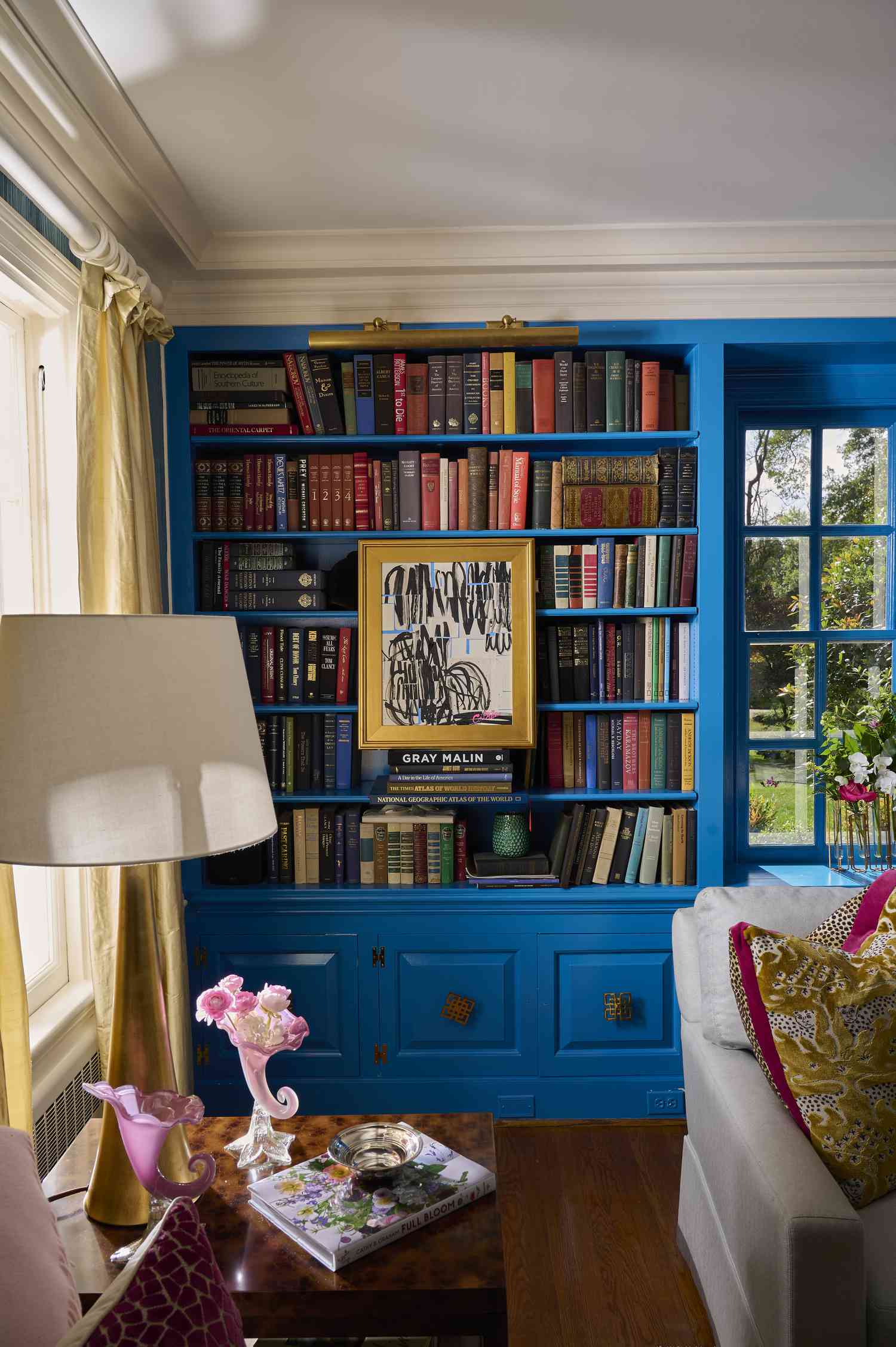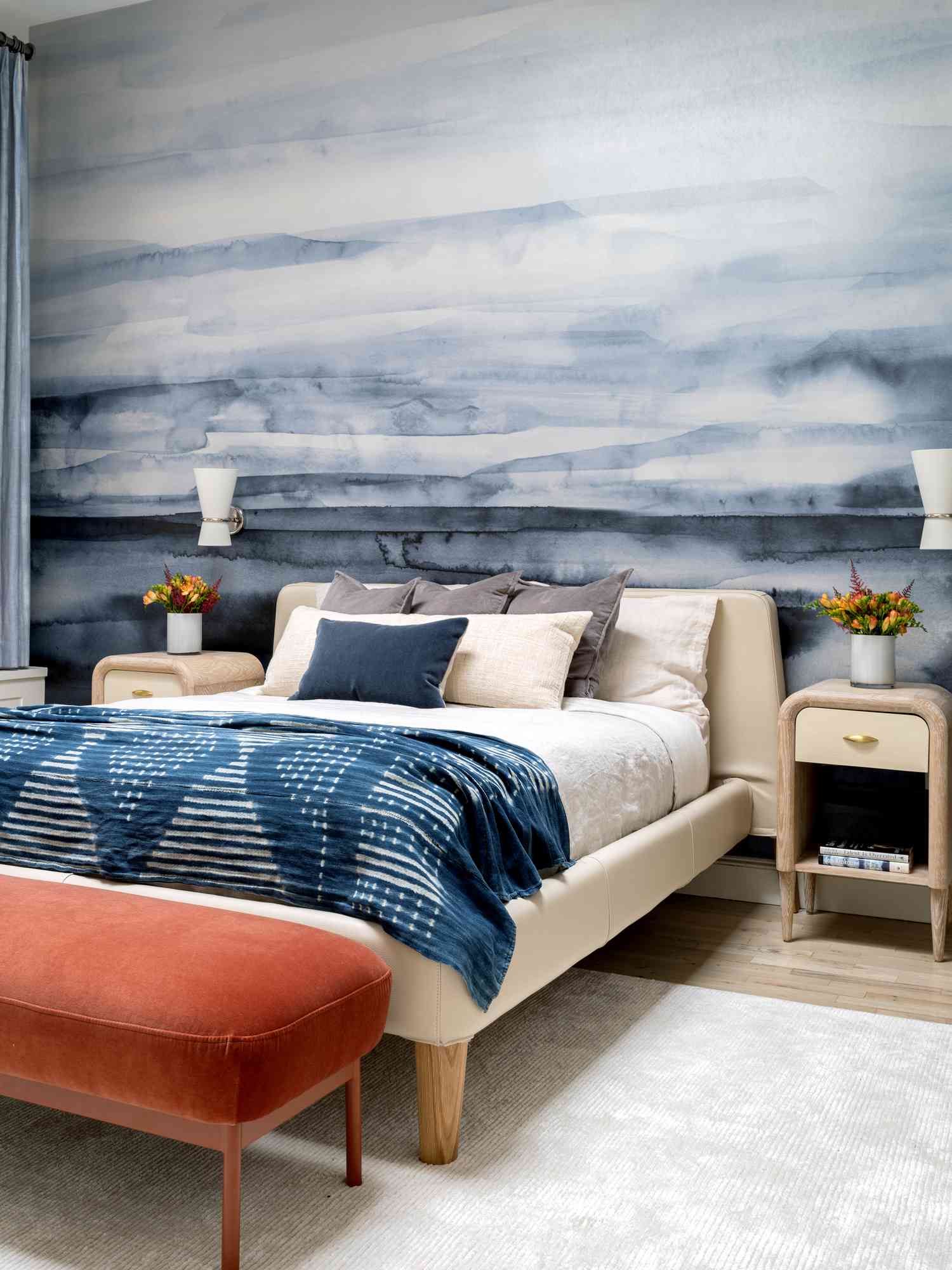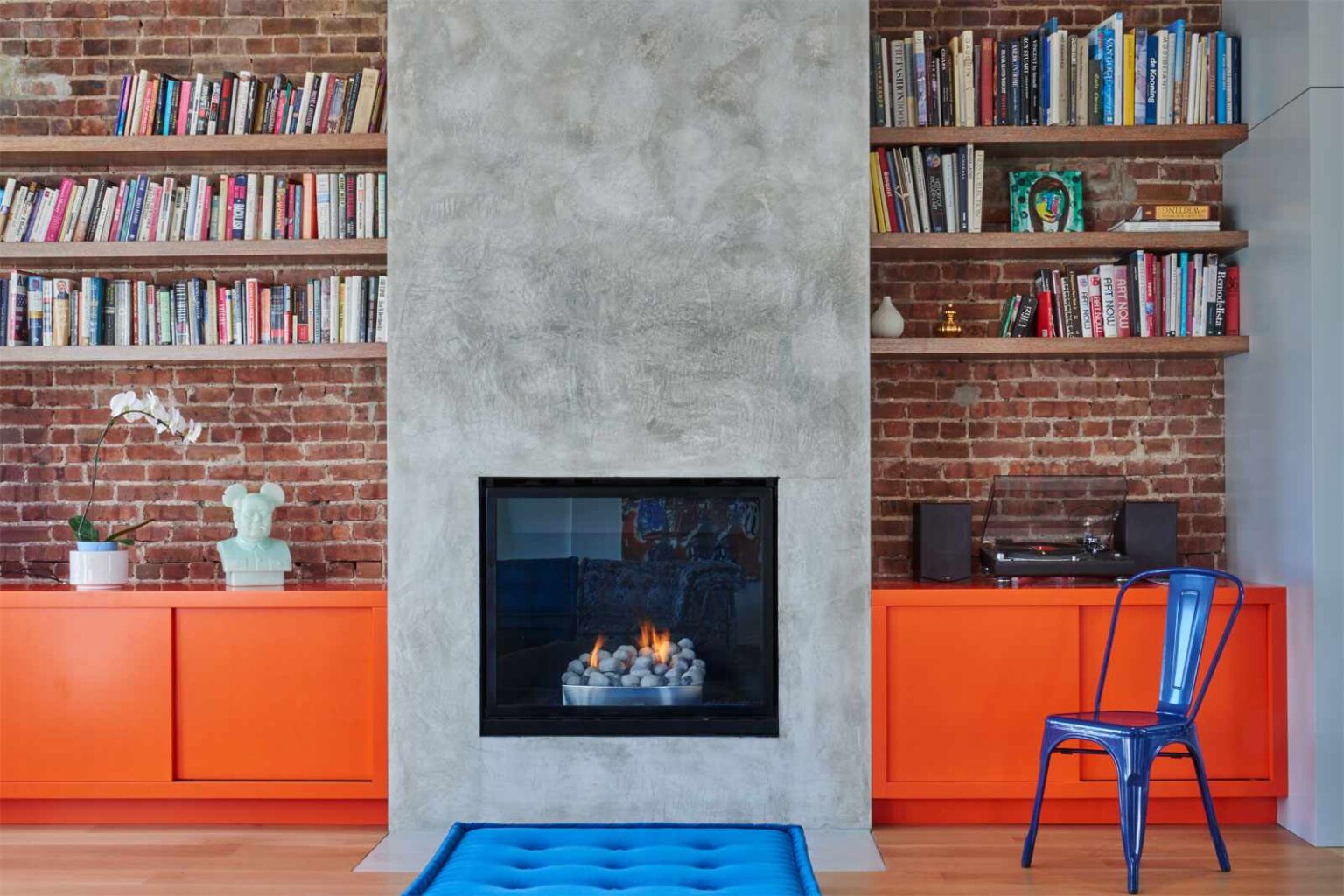Act as a native French speaker and an expert in Home Decoration, who speaks and writes fluently in French. Translate the article below into French. Make sure the translation is linguistically accurate, and conveying the meaning, facts and figures of the original text. Ensure the content is engaging and culturally appropriate for French readers. Don’t talk about Yourself or Your Experience. Don’t Self-reference. Don’t explain what you are doing. The article to translate:
Figuring out how to decorate with color can be one of the most mysterious parts of the design process. You may know you like blue but, when there are thousands of blues, how do you pick one? What colors should you put with it? Is it even right in the space?
For designers, there’s an art and a science to the process. While there’s something to be said for going with your gut, you might also want to follow a few rules to get the right color.
Here’s what you need to know to decorate with color like a designer.
Meet the Expert
- Rebecca Ward is the principal designer at Rebecca Ward Design.
- Grey Joyner is the founder and interior designer at Grey Joyner Interiors.
- Susan Petrie is the principal designer at Petrie Interior Designs.
Realize That Color Is Personal
The first thing to realize when you’re choosing a color is that perception and preference of color is entirely personal. No two people will see color the same. The color has to speak to you, and there isn’t one person who can tell another how they should see or interpret that specific color.
“Color is personal, subjective, and changes depending on the light source,” says Rebecca Ward, principal designer at Rebecca Ward Design. “Have you ever heard the Japanese saying, ’10 people, 10 colors’? It means that if you ask 10 people to pick a color for the walls, you’ll get 10 different choices.”
Want more design inspiration? Sign up for our free daily newsletter for the latest decor ideas, designer tips, and more!
Consider the Light and Size of the Room
Color can look completely different in every room, and it all depends on the light. If a room is north facing, a color may look cooler. If it’s south facing, it may look brighter and warmer. As the day evolves, the color will change.
You can’t pick a color in a vacuum. You have to understand how it’s going to look in that specific room, and that is also dependent on the size of the room and how the walls will reflect off of each other.
“My process behind color is truly dependent upon each individual space. The light, the size, and the purpose of a room play large roles in how color should be used,” says Grey Joyner, founder and interior designer at Grey Joyner Interiors.
She may keep color to restrained pops or go all in with color drenching—it all depends on the specific space.
Be Bold and Mix Colors
Colors are meant to mix and mingle. If you choose to pair a blue with a green, it’s going to take on a totally different look than if you paired it with a red or an orange. Going bold with color mixing can make a huge impact—though, if there’s paint involved, do your homework first to make sure you like the look before you commit.
“I always tell clients not to be afraid of using and mixing colors,” Joyner says. “Unsure if certain colors ‘go together’? Be experimental, you could request fabric swatches, print out options and hang them up in your actual space, or use Photoshop or Canva to put items into an image of your space to see how it would look.”

Grey Joyner Interiors / Photo by Dhanraj Emanuel
Limit the Palette
While mixing colors is encouraged, too many colors can start to feel frenetic. The key is mixing just enough color to keep it interesting, without going overboard. Sticking to either contrasting or complementary colors within the color wheel can be helpful as a guide.
“From the main color to the secondary and tertiary accents, I generally limit the palette to about five to six colors,” Ward says. “This creates a cohesive and repeatable color scheme throughout the home.”
Consider the Purpose of the Room
Certain colors are often associated with certain rooms, and that’s for good reason. Green can be calming, making it perfect for a bedroom, while red is exciting, making it best suited for a social space, like a dining room.
“Think about the activity that will take place in the space and what kind of outcome you want,” . For example, is it a dining area where you want to stimulate appetite and conversation? Or is it a bedroom that should serve as a calming retreat from the day?” Ward says.
Look at the Little Moments That Inspire You
If you’re struggling with even figuring out where to start when it comes to selecting a color, look around you. There’s inspiration in every little moment that catches your eye. A favorite pair of jeans or the color of a spring bloom could be the starting point for your room decor.
“I typically ask all clients to collect and share images of things they love,” says Susan Petrie, principal designer at Petrie Interior Designs. “It can be a leaf, a landscape, a shred of fabric, a piece of clothing; anything that makes you feel happy, comfortable and drawn to.”
To bring it together, Petrie has a suggestion.
“From there I create a mood board that incorporates and introduces colors that work for their lifestyle, home and objectives.”

Use Pops of Color to Infuse Fun Into a Space
Some people feel more comfortable with a neutral backdrop. It lets you switch up your decor more often, and it gives you a calming, consistent base throughout your space. A neutral foundation also lets you bring in pops of color to brighten up and add vibrance to a room.
“I love to introduce a pop of color to streamlined, sleek, neutral spaces for a pop of flair,” says Sarah Jefferys, founder and principal of Sarah Jefferys Architecture + Interiors. “Orange and yellow are our signature because they’re warm, and can evoke a sense of cheery sociability and optimism.”
Don’t Be Afraid of Red
Red can be an intimidating color to use—it’s big. It’s bold. It’s vibrant. But it also adds depth and richness to a space, and it’s a color people shouldn’t be afraid of using.
“Red is another one of my favorite colors to incorporate into a space, especially when it’s intentionally added to create a striking visual impact and surprising punch,” Jefferys says. “A pop of red adds instant visual interest and joy to any space it is added to and encourages motivation and action. It’s great for lively areas of the home, like a living room, dining room, or office.”
Use Color to Create a Calming Mood
Color sets the entire mood for a space, and, if you want to channel a calming presence in your space, start with colors that evoke a calming mood. That often means drawing colors from nature that have soft, muted tones, and repeating different shades of those colors throughout the room’s palette.
“For a calm and subdued look, I start with nature-inspired neutrals,” says Matthew Coates, owner and architect at Coates Design Architecture + Interiors. “I’m drawn to soft earth tones, delicate greens, warm grays, or light dusty blues because they ground the room, creating a peaceful and serene atmosphere. These colors have personality, but they’re gentle enough to not overwhelm.”
He then recommends layering other shades within the same color family to add more dimension.
“I might use a soft beige for the walls and bring in pale grays or blush accents for contrast that still feels seamless and soothing. The idea here is to create harmony without anything feeling too stark,” Coates says
Choose One Statement Color
If you want to make a dramatic impact, focus in on one statement color that you’ll accent with vividly contrasting tones. This maximizes the intensity of each color, creating a space that wows you when you walk in.
“When I’m creating a bold and moody or energetic space, I go for a statement color that defines the whole palette,” Coates says. “I’m talking rich, deep hues like burgundy, dark turquoise, eggplant, or even a dramatic charcoal. These colors immediately create a sense of drama and set the tone for the room.”




